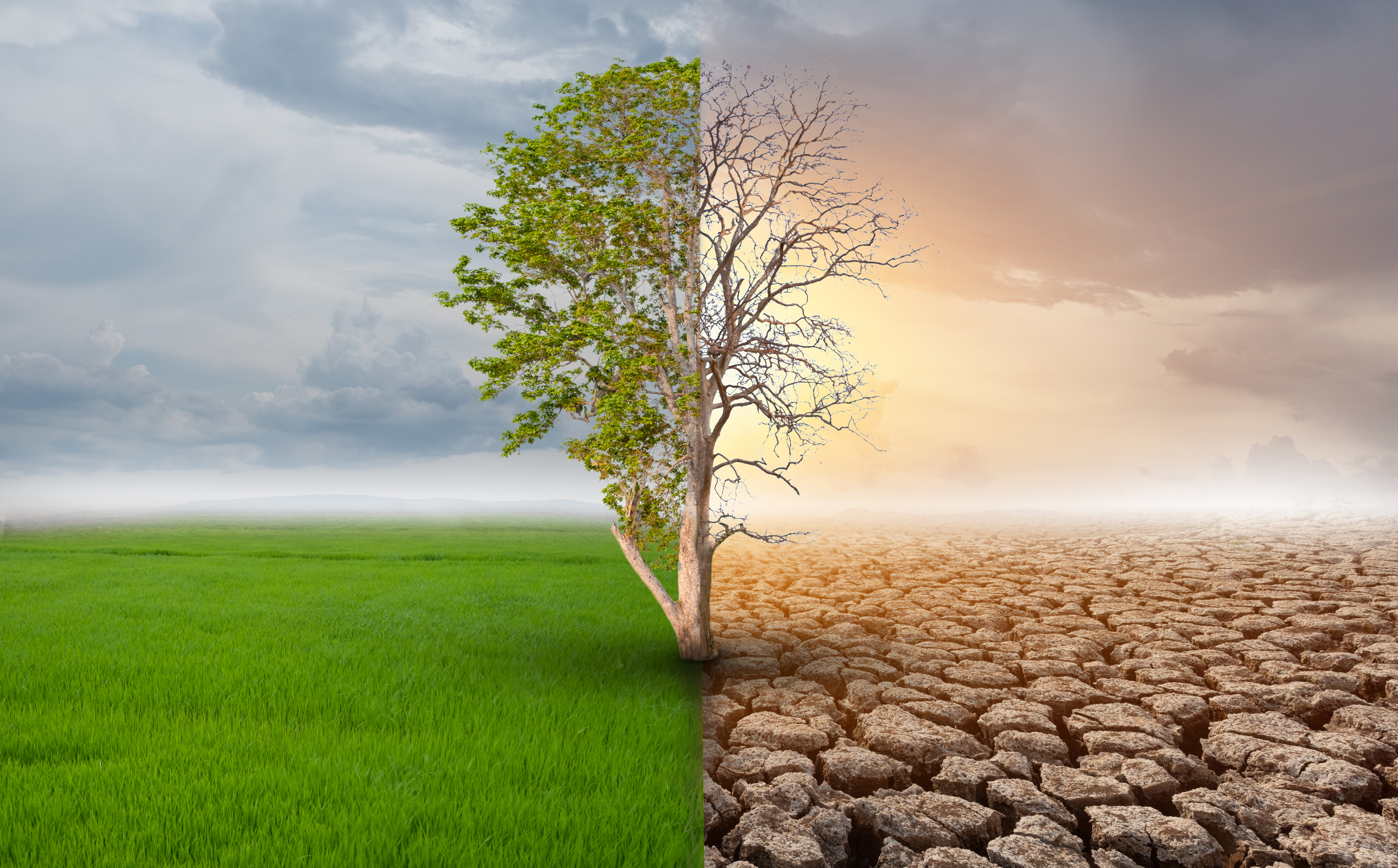Climate Change and Insurance Coverage

As climate change progresses, its effects are becoming increasingly evident in the insurance sector. The surge in natural disasters like hurricanes, wildfires, and floods is challenging traditional insurance models and highlighting the need for new strategies to manage risk and maintain coverage. This shift in climate patterns underscores the growing importance of having comprehensive insurance to protect against the financial impacts of these increasingly common events.
Insurance acts as a safety net, offering financial protection against unexpected events. It aids individuals and businesses in recovery and rebuilding efforts. As weather-related disasters become more intense, this financial safeguard is becoming increasingly essential. Here's why:
- Financial Protection: Without insurance, the cost of repairing or replacing damaged property can be overwhelming. Insurance helps cover these expenses, enabling people to recover more quickly.
- Peace of Mind: Insurance provides protection against potential disasters, offering invaluable mental security, especially during uncertain times.
- Economic Stability: On a broader scale, insurance supports economic stability by ensuring that businesses can continue operating after a disaster, thereby preserving jobs and local economies.
Challenges in the Insurance Industry that Necessitate Innovation
While the demand for insurance is rising due to climate change, the industry faces significant obstacles.
Rising Premiums: As the risk of natural disasters grows, so do insurance premiums. This is particularly challenging for those living in high-risk areas, where coverage costs can become prohibitively expensive. Higher premiums reflect the increased risk and the need for insurers to cover potential large-scale payouts.
Limited Coverage: To manage escalating risks, some insurance companies are reducing coverage options or withdrawing from high-risk markets altogether. This leaves many individuals and businesses without adequate protection, making them more vulnerable to the financial impacts of natural disasters.
Reassessment of Risk: Insurers are continually updating their risk models to account for the changing climate. This involves using advanced technologies and data analysis to predict future trends and adjust policies accordingly. By incorporating more sophisticated risk assessments, insurers aim to better understand and manage the evolving risks posed by climate change.
Innovations in the Insurance Industry
Innovations and strategies are being developed to better address climate risks and provide more efficient solutions for both insurers and policyholders.
- Climate-Resilient Policies: Insurance providers are creating specialized policies that focus on climate risks. These may include increased coverage limits for natural disasters and incentives to encourage resilience measures, such as reinforced structures and flood defences.
- Parametric Insurance: Parametric insurance offers payouts based on predefined parameters that trigger a policy payment, like the intensity of a natural disaster. This type of insurance offers a quicker response, bypassing lengthy claims procedures, which can be advantageous during disasters.
- Collaborations with Governments: Many insurance companies partner with governments to create public-private initiatives that extend coverage and strengthen disaster recovery and response efforts. These collaborations can also foster the development of standardized risk assessment tools.
The Role of Individuals and Businesses
While the insurance industry adapts, individuals and businesses also have a role to play. Here are some steps that can be taken to mitigate risks:
- Stay Informed: Monitor climate trends and potential risks in your area to make proactive decisions regarding insurance coverage and safety measures.
- Review Your Coverage: Periodically evaluate your insurance policies to ensure that they reflect your current needs. Update coverage if you face new or changing risks.
- Invest in Climate-Resilient Infrastructure: Businesses and homeowners can invest in resilient infrastructure to mitigate potential damage from natural disasters, like elevated building foundations or rainwater drainage systems.
Conclusion
Changing global climate patterns have made comprehensive insurance coverage more important than ever. By staying alert and proactive, individuals and businesses can protect themselves financially from extreme weather events. In this evolving climate, insurance isn’t just a luxury; it’s a crucial safeguard.
Aviva India recognizes the impact of climate change and adapts its policies to help individuals and businesses protect themselves. By innovating climate-resilient insurance products and offering tailored guidance, Aviva India supports its customers in managing climate-related risks. Visit the website today and explore the vast range of expert-designed insurance plans.
AN Jul 19/24



Leave a Reply
Add new comment